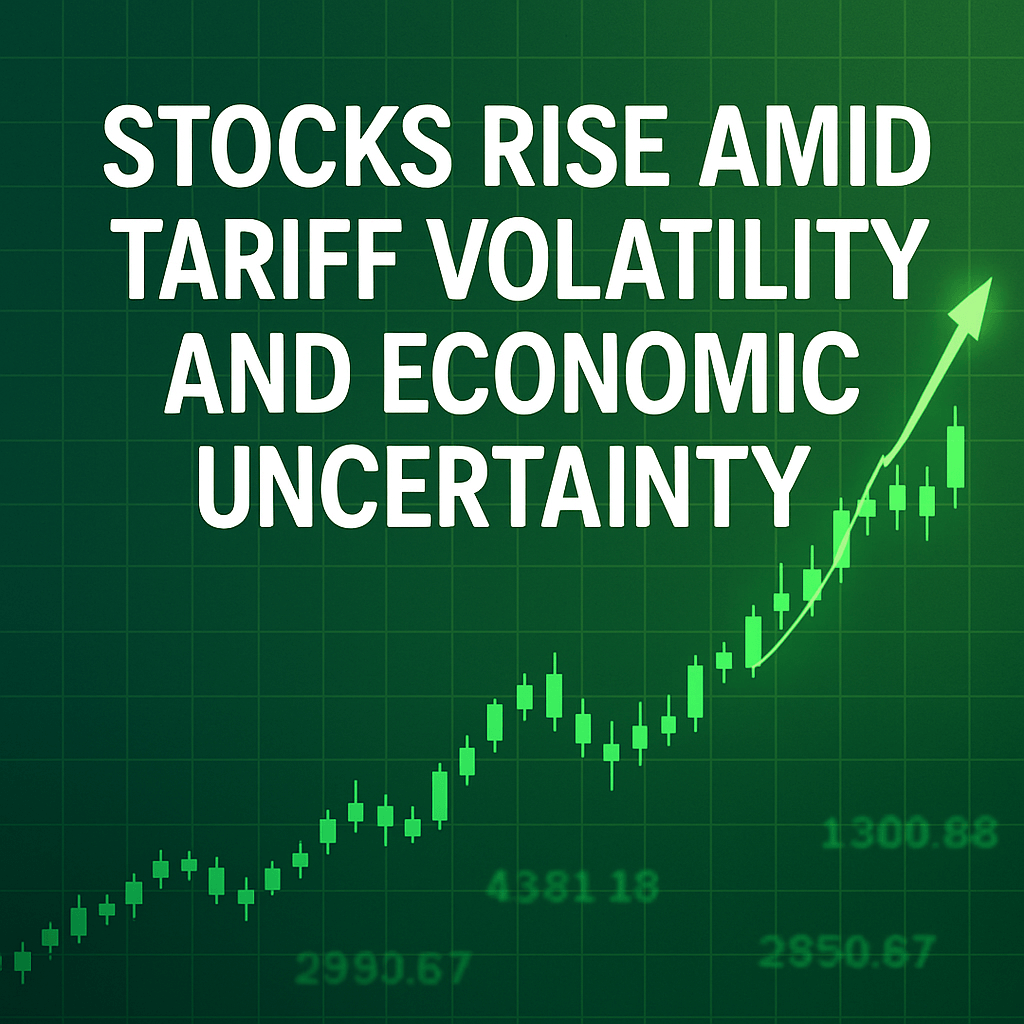Stocks Rise Amid Tariff Volatility and Economic Uncertainty

Stock indexes closed higher on Monday, defying recent turbulent economic indicators and ongoing trade negotiations as tariff-related legal battles continue to unfold. The market’s resilience comes on the heels of a robust May where stocks experienced their most significant gains since the onset of the year.
Market Performance Overview
After opening in negative territory, major indexes reversed course, ultimately closing in the green. The S&P 500 finished the day 0.3% higher, while the Dow Jones Industrial Average inched up by 0.08%. The Nasdaq Composite, heavily influenced by technology stocks, surged by 0.7%. Notably, tech giants Nvidia and Meta bolstered overall market sentiment with gains of 2.2% and 3.6%, respectively.
Economic Indicators and Manufacturing Reports
Despite the positive market close, economic data paints a somewhat concerning picture. The Institute for Supply Management (ISM) released a manufacturing report indicating that the sector has contracted for the third consecutive month. Key metrics such as new orders, backlogs, production, and employment all showed signs of shrinkage. Respondents in the ISM survey highlighted escalating uncertainty surrounding tariff policies and increased input costs as major challenges hindering growth.
“In May, U.S. manufacturing activity slipped further into contraction after expanding only marginally in February,” stated Susan Spence, chair of the ISM’s Manufacturing Business Survey Committee.
Spence further elaborated that delays in delivery times can be attributed to extended processing at ports, compounded by disputes over tariff responsibilities between suppliers and manufacturers.
Legal Battles Over Tariffs Continues
Last week, a federal appeals court allowed the tariffs imposed during the Trump administration to remain in effect while legal challenges regarding their legality proceed, with the potential for cases to escalate to the Supreme Court. Legal experts suggest that even if current tariffs are deemed illegal, the administration has various avenues to uphold its tariff strategies.
“Regardless of judicial outcomes, it is likely that tariff rates will rebound above 10% and remain elevated,” noted researchers at LPL Financial. They predict that ongoing trade negotiations, coupled with economic growth and deficit concerns, will keep markets susceptible to volatility driven by trade policy uncertainties.
Future Outlook for Markets
As we move into mid-2023, investors are advised to stay vigilant about market trends influenced by trade policy. Analysts suggest that while tech stocks continue to drive market momentum, sectors such as manufacturing may face prolonged turbulence due to tariff impacts. The interplay between tariffs and economic indicators will be a crucial determinant in shaping market trajectories.
Furthermore, experts recommend that investors navigate these uncertain waters by considering diversification strategies to mitigate risks associated with sector-specific downturns. Additionally, keeping a close eye on macroeconomic indicators such as GDP growth rates, inflation trends, and Federal Reserve monetary policy will be essential in making informed investment decisions.
Conclusion
In summary, while stocks achieved modest gains on Monday, the backdrop of tariff-related uncertainties and weak manufacturing data reflects the complex dynamics at play in the current economic landscape. Investors should remain cautious and stay informed as developments unfold.